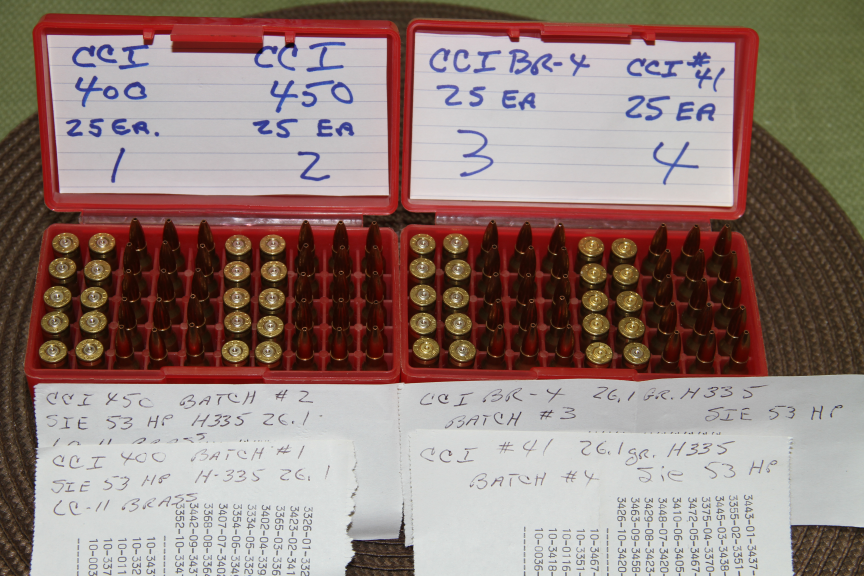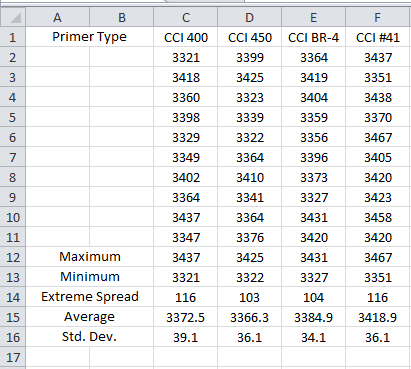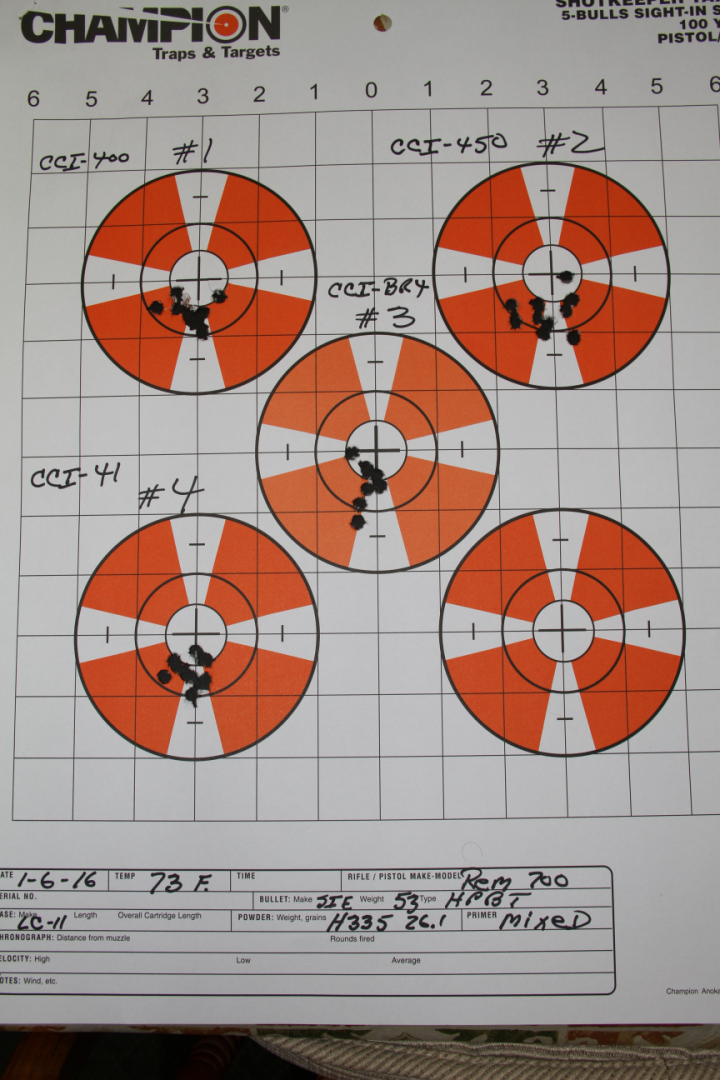Larryswn
Member
Hello all. I've been reloading .223 and am moving on the 5.56. I bought some #41 CCI primers not realizing these are considered Magnum primers. All the recipes in my #9 Hornady book show WSR primers which I have but I would like to use the #41's up if possible. Can I just reduce load and use them? I'm using brand new LC brass a Hornady 68G fmjbt hollow point and CFE 223 powder. Any thoughts?
Last edited:





